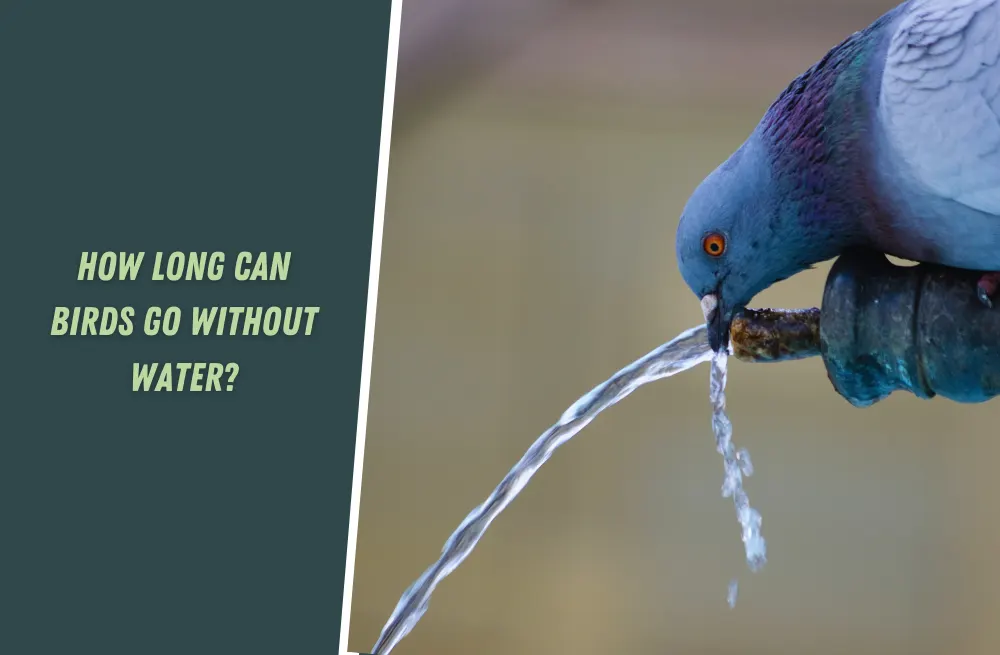The humble corn is one of the most widely consumed grains in the world. It’s a staple in many cuisines and has various uses, from feeding livestock to producing ethanol.
But have you ever wondered what animals eat corn? We’ll take a closer look at the creatures that make corn a part of their diet.
Animals that Eat Corn
Deer
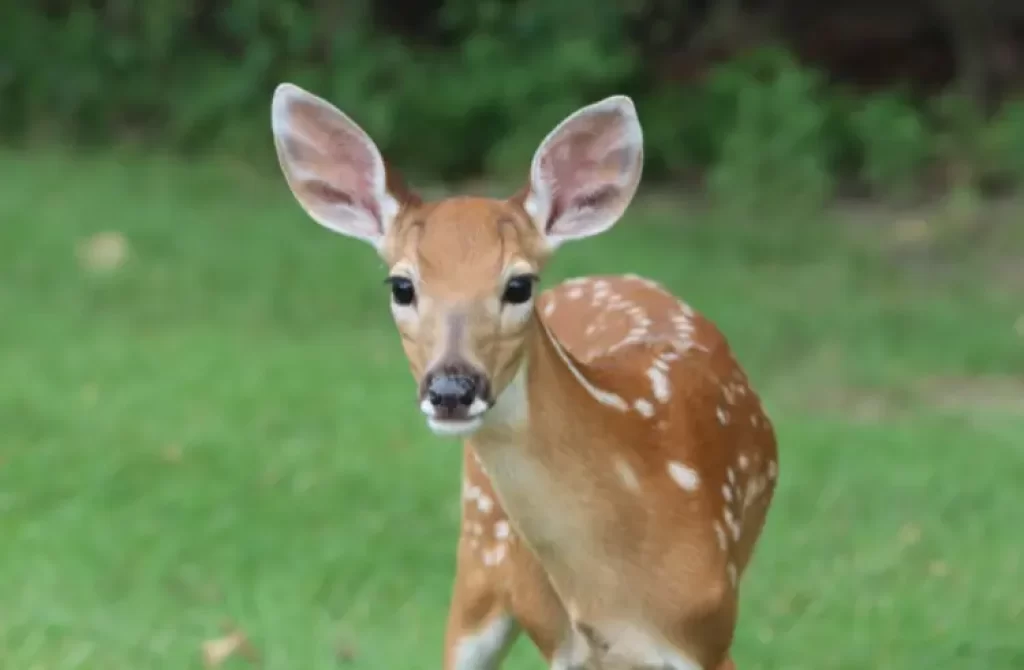
Deer are herbivores and their diet consists mainly of plants, including corn. In areas where deer populations are high and natural food sources are limited, they may turn to crops like corn as a source of food.
However, it’s worth noting that excessive deer browsing on crops can cause significant damage to agricultural yields and may require management strategies to control.
Squirrels
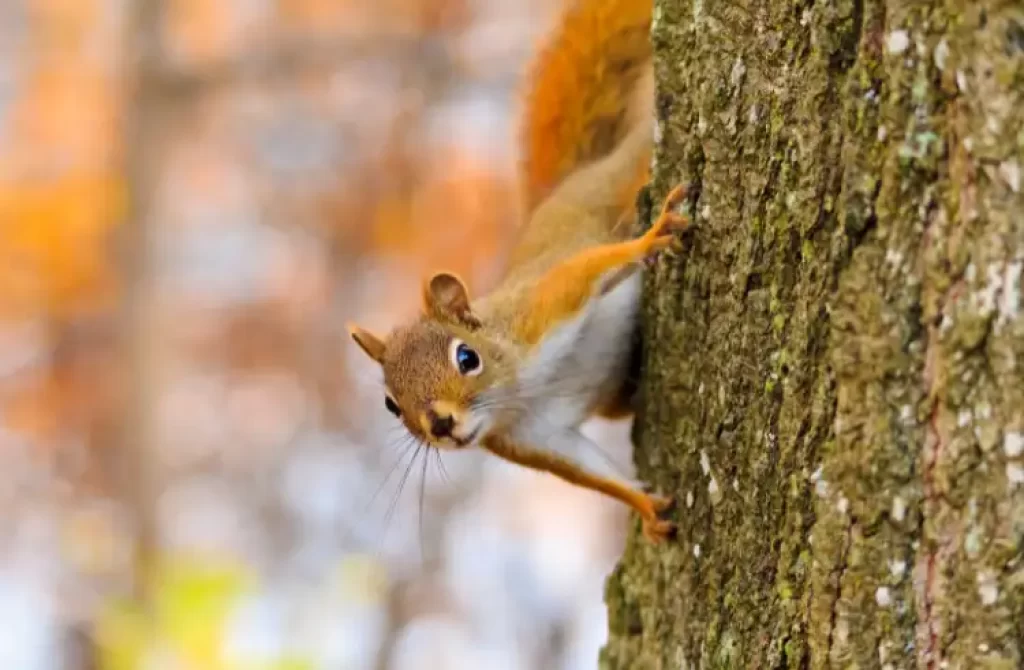
Squirrels are opportunistic feeders and will eat a wide variety of foods, including corn. In urban and suburban areas, they are often known for raiding gardens and bird feeders in search of food, and corn can be one of the items they target.
Some homeowners may use deterrents like bird feeders with squirrel guards or planting unappealing plants to try to keep squirrels away from their gardens.
Raccoons

Raccoons are highly adaptable and intelligent animals that are found throughout North America. They are known for their distinctive black masks and ringed tails.
As omnivores, raccoons have a varied diet that includes fruits, nuts, insects, small animals, and plant matter like corn.
In rural areas, raccoons can cause significant damage to corn crops. They are skilled climbers and can easily access fields by climbing over fences or trees.
Once in the field, they may pull down the stalks of corn and eat the ears, causing a loss of yield for farmers. In addition to corn, raccoons may also eat other crops like watermelons and berries.
In urban and suburban areas, raccoons may also be attracted to corn and other food sources like garbage cans and compost piles.
Birds
Many bird species will eat corn if it is available to them. In particular, crows, blue jays, and blackbirds are known to eat corn. Other birds that may eat corn include doves, quails, and pheasants.
Corn can be a valuable food source for birds, particularly during the winter months when other food sources may be scarce. In addition to eating whole kernels of corn, some birds may also eat the leaves and stalks of corn plants.
Many farmers and bird enthusiasts will plant fields of corn specifically to attract and feed birds.
Mice and rats
Mice and rats are attracted to corn and will eat it if it’s available to them. Corn can be a valuable food source for rodents, as it provides them with both carbohydrates and protein.
Mice and rats are known to raid cornfields and may also be attracted to stored corn in barns or other agricultural storage areas.
In urban and suburban areas, they may be attracted to bird feeders that contain corn, or to gardens that have been planted with corn.
Domestic livestock
Corn is a common feed for domestic livestock such as cows, pigs, and chickens. Corn is a good source of energy, protein, and other important nutrients for these animals.
It is often used as a staple feed ingredient in many livestock diets, as it is a relatively cheap and widely available source of nutrition.
However, it’s worth noting that there are many other feed options available for domestic livestock, and farmers may use a variety of different feed ingredients depending on the specific needs of their animals and the availability of feed resources in their region.
Wild turkeys
Turkeys are omnivorous birds that have a varied diet consisting of both plant and animal matter. While they do occasionally consume corn, it is not a primary part of their diet.
Wild turkeys are opportunistic feeders and will eat a wide range of foods depending on what is available in their environment.
In addition to corn, they may eat nuts, berries, seeds, insects, small reptiles and amphibians, and even small mammals.
When foraging for food, wild turkeys will often scratch and peck at the ground in search of insects, seeds, and other small items. So while corn may be a part of their diet on occasion, it is not a defining characteristic of their feeding habits.
Bears
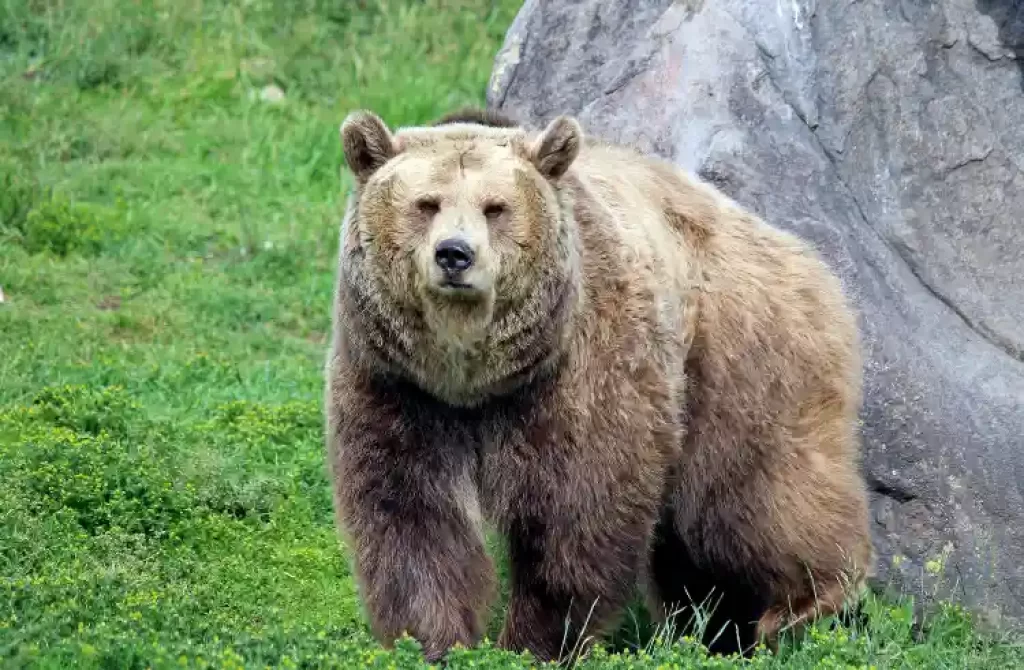
Bears are omnivorous animals that are known to eat a variety of foods including berries, nuts, insects, and meat. In regions where corn fields are present, bears may sometimes raid these fields in search of food, particularly if their natural food sources are scarce.
Groundhogs
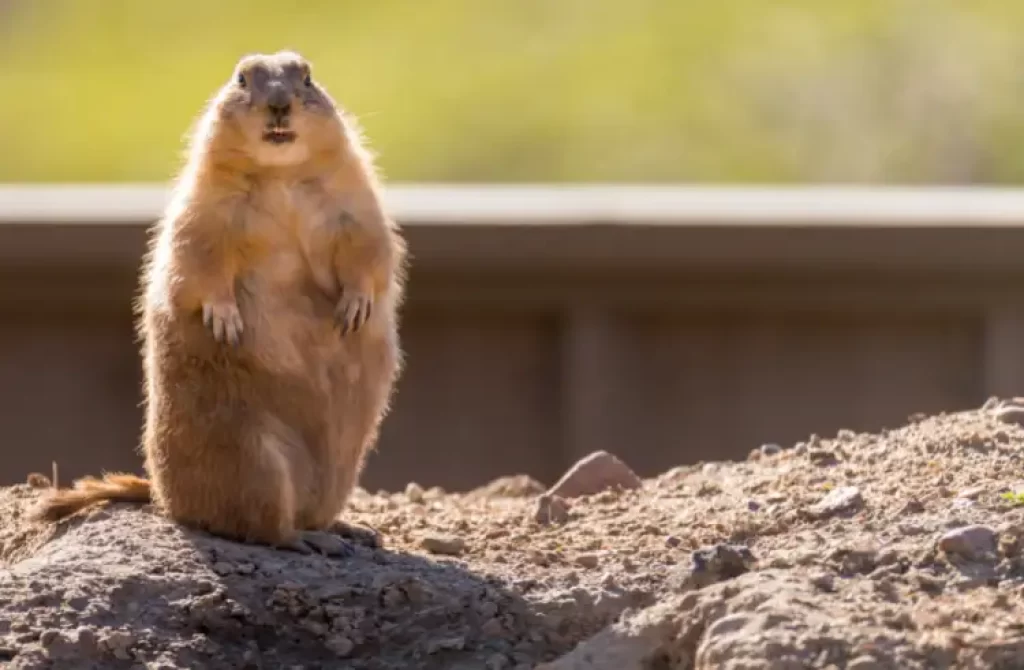
Did you know that the humble groundhog is one of the many creatures that have a hankering for corn? These furry, burrowing critters have been known to munch on this popular crop, and in doing so, can cause quite a bit of damage to fields and gardens.
While groundhogs might not be the first animal that comes to mind when you think of corn-eaters, they are actually quite fond of this starchy grain. So if you’re a farmer or gardener trying to protect your precious corn, be on the lookout for these little guys – they might just be the culprits behind your crop damage!
Rabbits
Wild rabbits are known to eat corn, among other plants. While they are primarily herbivores and their diet varies depending on the availability of vegetation, they have been observed feeding on corn crops in agricultural areas.
Geese
Canada geese are known to have a varied diet that includes a range of vegetation, grains, and insects. In areas where they coexist with humans, they may also feed on agricultural crops like corn if it is available.
However, it’s important to note that feeding geese (or any wild animal) is generally not recommended, as it can lead to dependence on humans for food and can create problems like overpopulation, disease transmission, and aggressive behavior.
It’s always best to let wild animals feed on their natural food sources and avoid feeding them human food.
Ducks
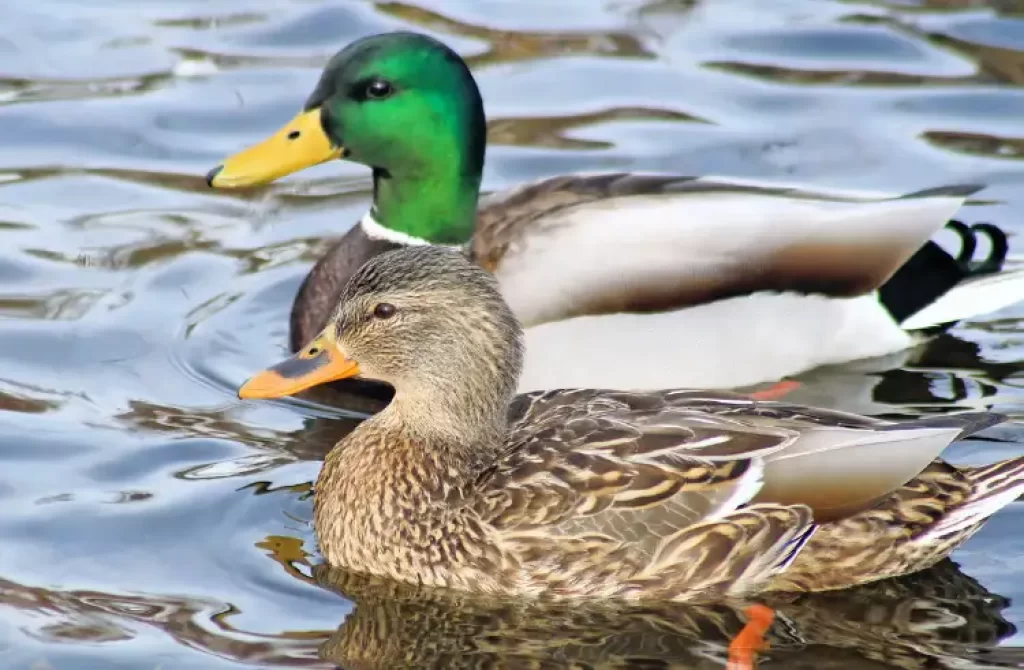
Ducks are omnivorous and will eat a variety of foods including grains like corn, especially if they are being fed by humans.
However, it’s important to note that feeding ducks (or any wild animal) is generally not recommended, as it can lead to problems like overpopulation, disease transmission, and aggressive behavior. Feeding ducks can also result in an unbalanced diet that can harm their health.
If you want to feed ducks, it’s best to offer them natural foods that they would eat in the wild, such as seeds, nuts, grains, and fruits, in moderation. It’s also important to avoid feeding them bread, as it is not a suitable food for ducks and can cause health problems.
Beetles
The corn rootworm, which is a type of beetle, is a well-known pest that feeds on the roots of corn plants. The larvae of the beetle can cause significant damage to the plant’s roots, which can lead to reduced plant growth and yield. The adult beetles also feed on the leaves of the corn plant, causing further damage.
Moths
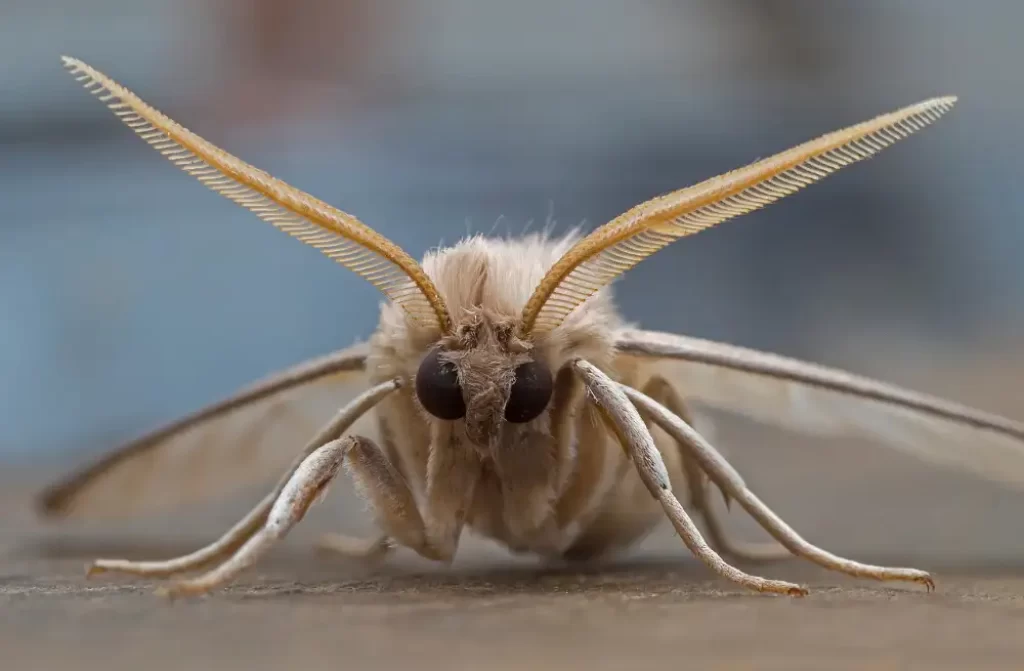
The corn earworm moth, also known as the cotton bollworm, is a common pest that can cause significant damage to corn plants. Adult moths lay their eggs on the silk of the corn ear, and the resulting larvae feed on the kernels, causing damage to the plant and reducing crop yield.
Grasshoppers
Grasshoppers can indeed be a significant problem for corn crops, especially in areas where they are prevalent. Grasshoppers are known to feed on the leaves, stems, and ears of corn plants, which can result in stunted growth, reduced yields, and even complete crop failure in severe infestations.
Crayfish
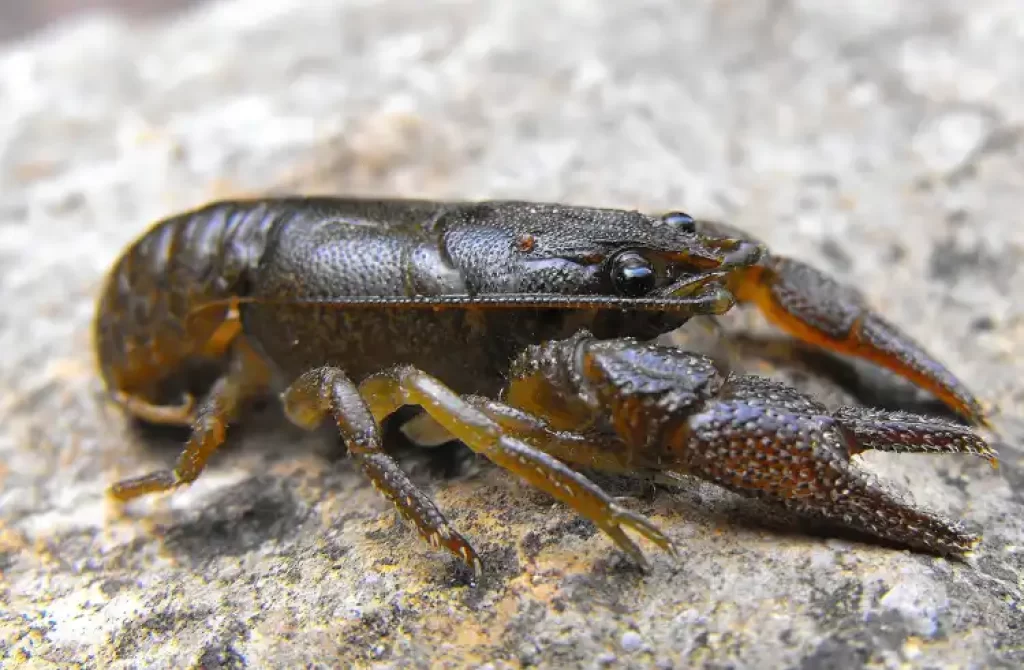
Crayfish, also known as crawfish, are freshwater crustaceans that are commonly found in streams, rivers, and lakes throughout the world. While they typically feed on aquatic vegetation, small fish, and invertebrates, they are known to be opportunistic feeders and will consume a wide variety of food sources.
In some regions where crayfish populations overlap with agricultural areas, it is not uncommon for them to eat corn that falls into bodies of water, such as streams and rivers.
Corn is a relatively easy food source for crayfish to access, and it provides them with a source of carbohydrates and nutrients.
Wild boars
Wild boars are like big, strong pigs that can eat a variety of foods, including corn. When corn is grown in areas where wild boars live, they may occasionally sneak into fields and cause a lot of damage to the crops. This can be a problem for farmers who rely on their crops for income.
Skunks
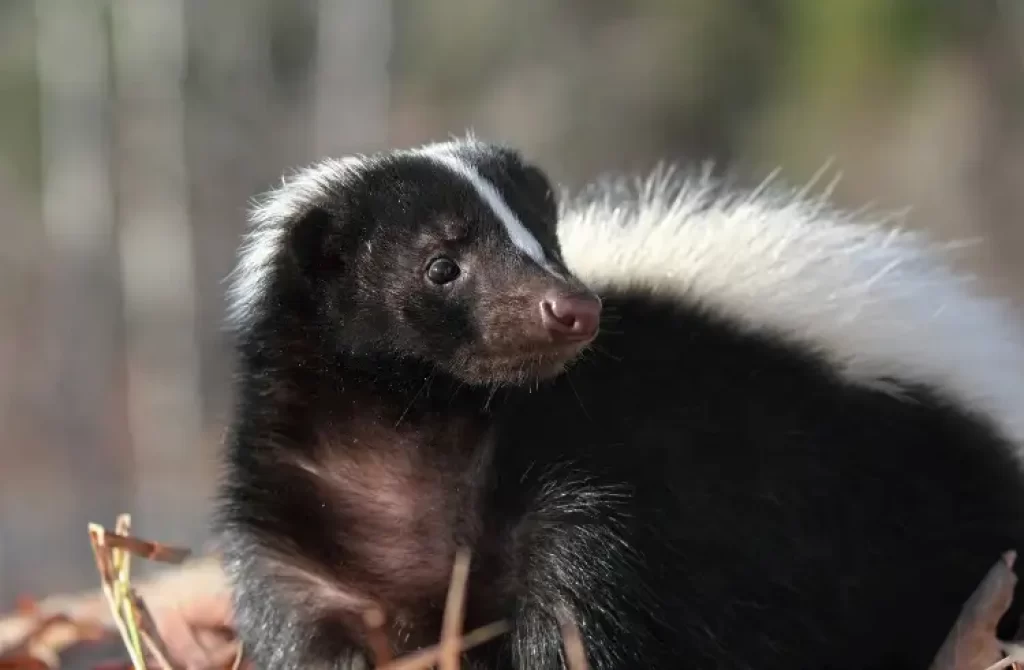
Skunks are known to have a varied diet that includes insects, small mammals, amphibians, fruits, and vegetables.
While they are not typically considered major agricultural pests, skunks have been known to occasionally raid cornfields in search of food, particularly if other food sources are scarce.
Corn is a high-energy food source that can provide skunks with the calories they need to survive during times when other food sources are scarce.
In addition, skunks have a keen sense of smell that allows them to detect the scent of ripening corn from a distance, making it an attractive food source for them.
Final thoughts
While corn is not typically a staple food for most wild animals, many species will turn to it as a food source when other options are scarce. Bears, for example, may eat corn as a last resort, while other animals such as squirrels, mice, and wild boars are known to consume it in larger amounts.
Unfortunately, some of these animals, particularly wild boars and deer, can cause problems for local corn farmers by damaging crops. Birds, on the other hand, are known to enjoy corn and it can be a significant part of their diet. Turkeys and quail are two species that are particularly fond of this food source.







